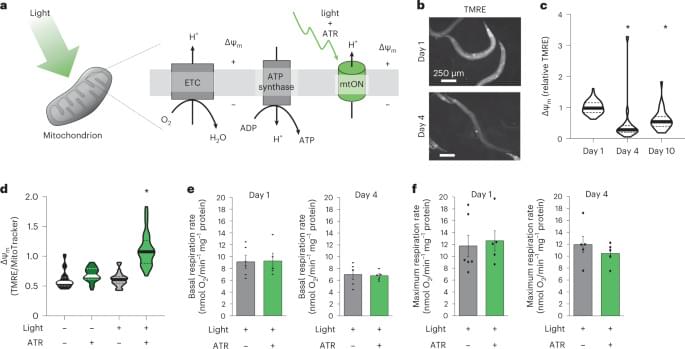And could entire civilizations seek to leave this reality behind?
Watch my exclusive video Exploring The Multiverse: https://nebula.tv/videos/isaacarthur–…
Get Nebula using my link for 40% off an annual subscription: https://go.nebula.tv/isaacarthur.
Get a Lifetime Membership to Nebula for only $300: https://go.nebula.tv/lifetime?ref=isa…
Use the link gift.nebula.tv/isaacarthur to give a year of Nebula to a friend for just $30.
Check out https://www.johnmsmart.com to learn more about Transcension Hypothesis.
Visit our Website: http://www.isaacarthur.net.









